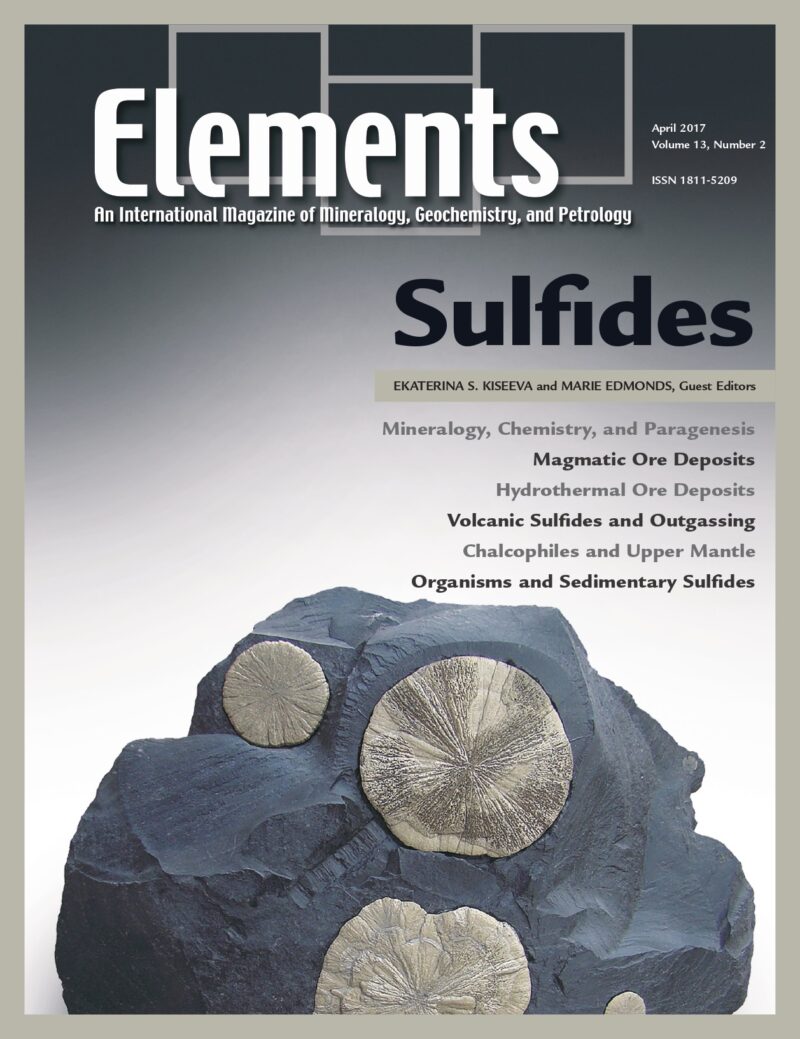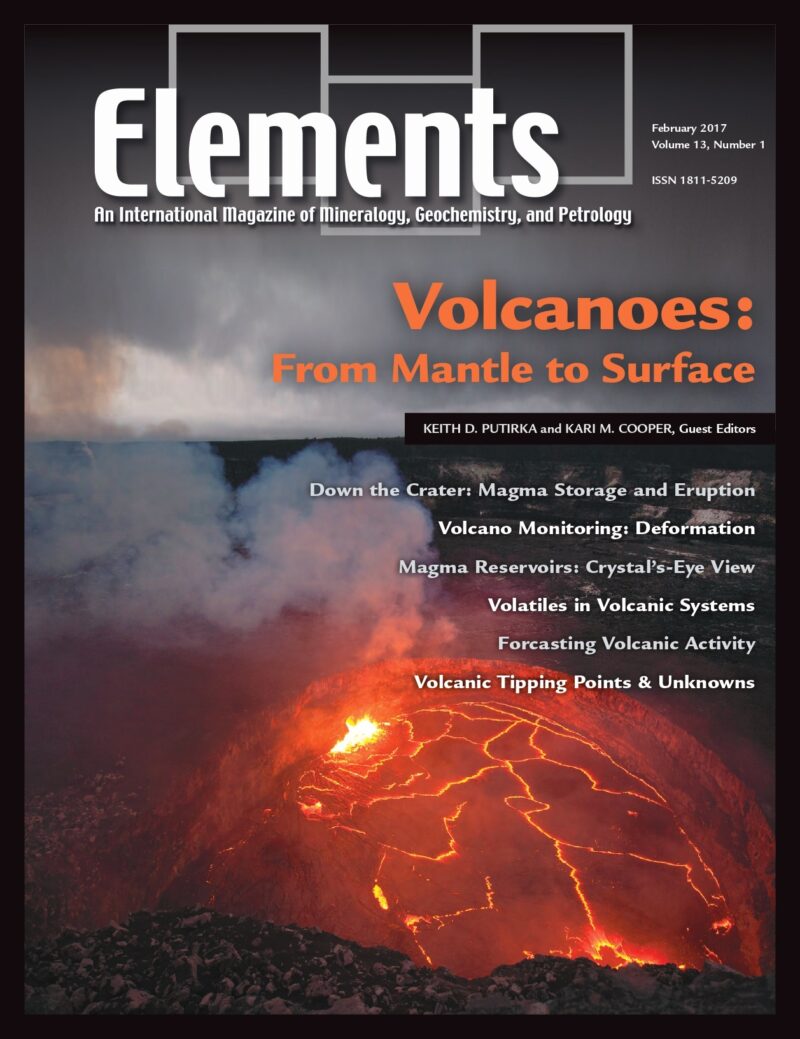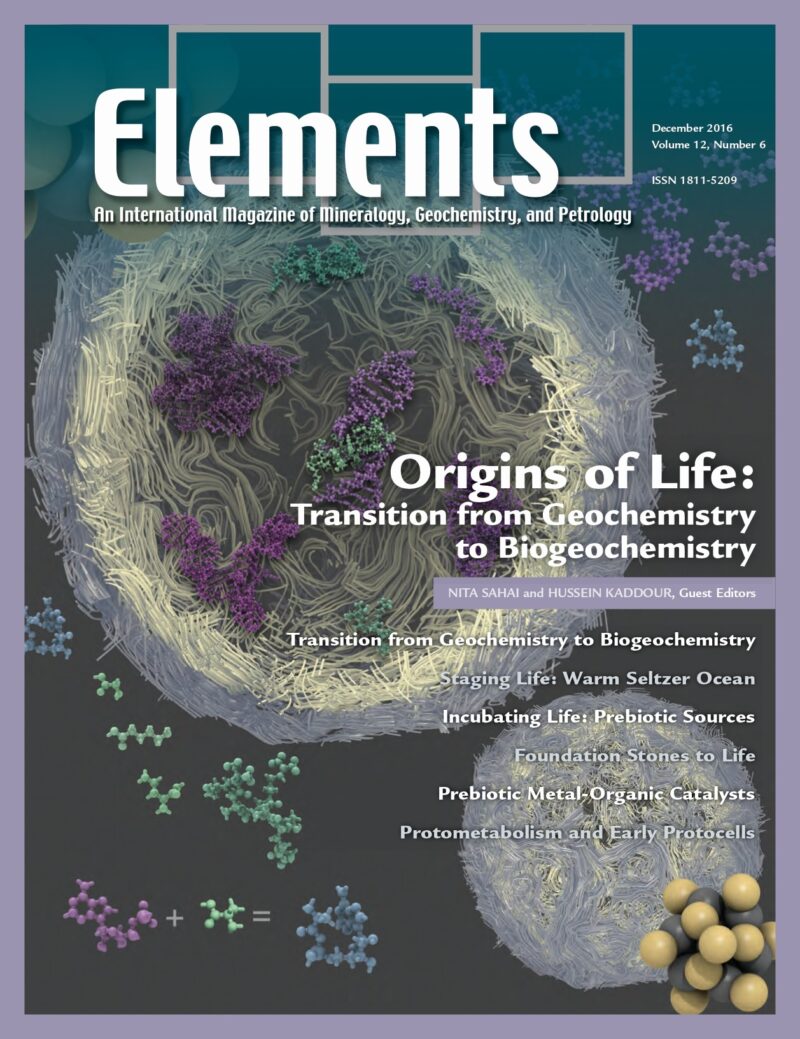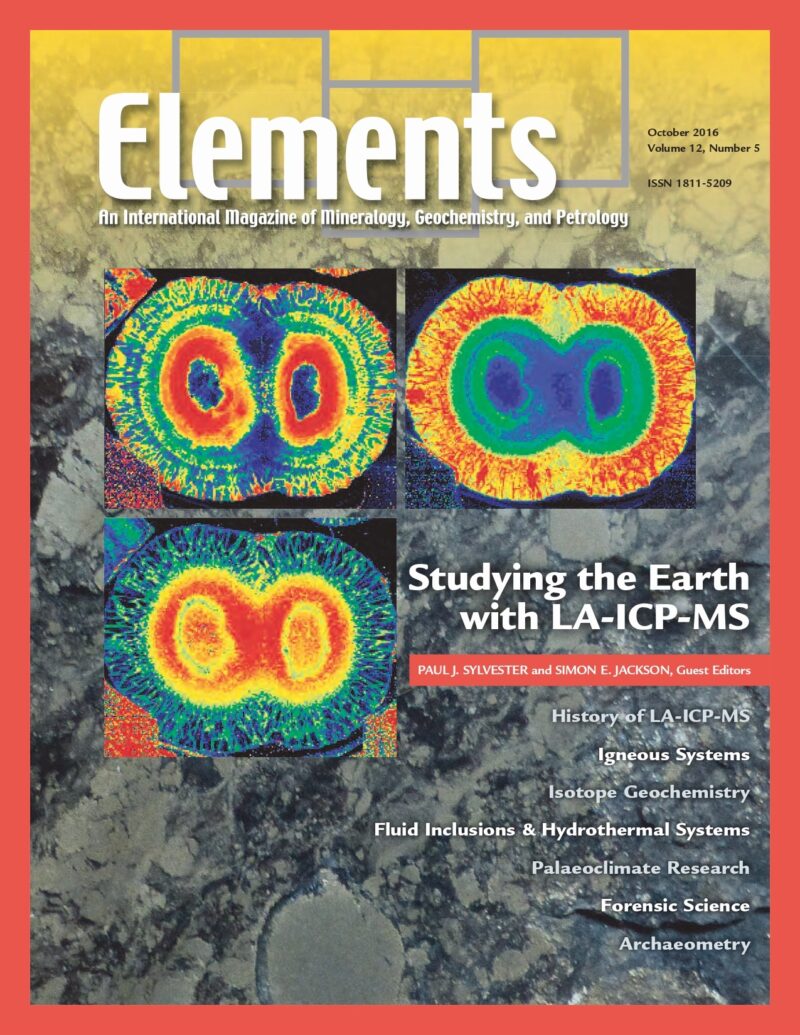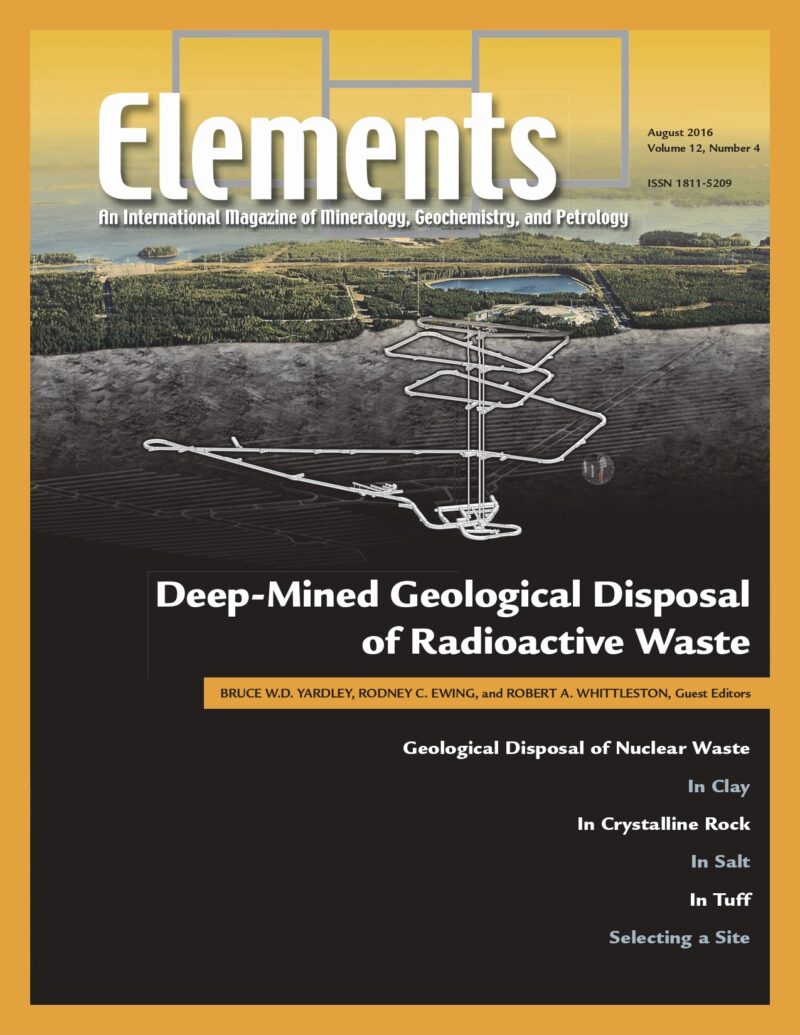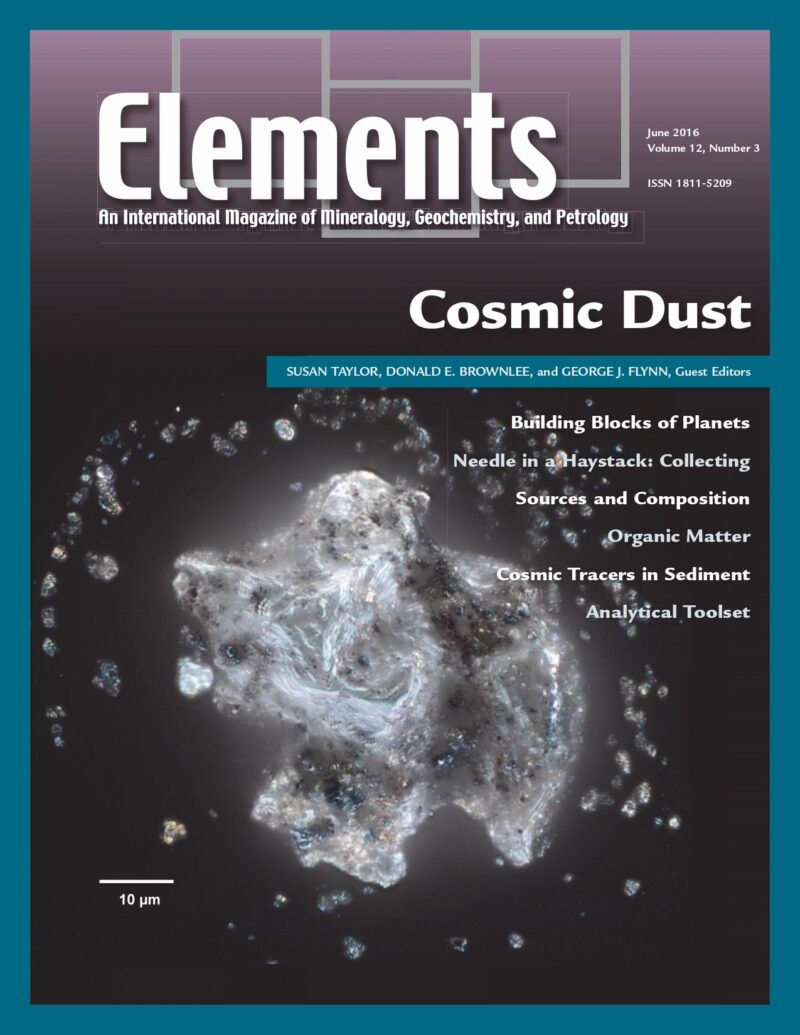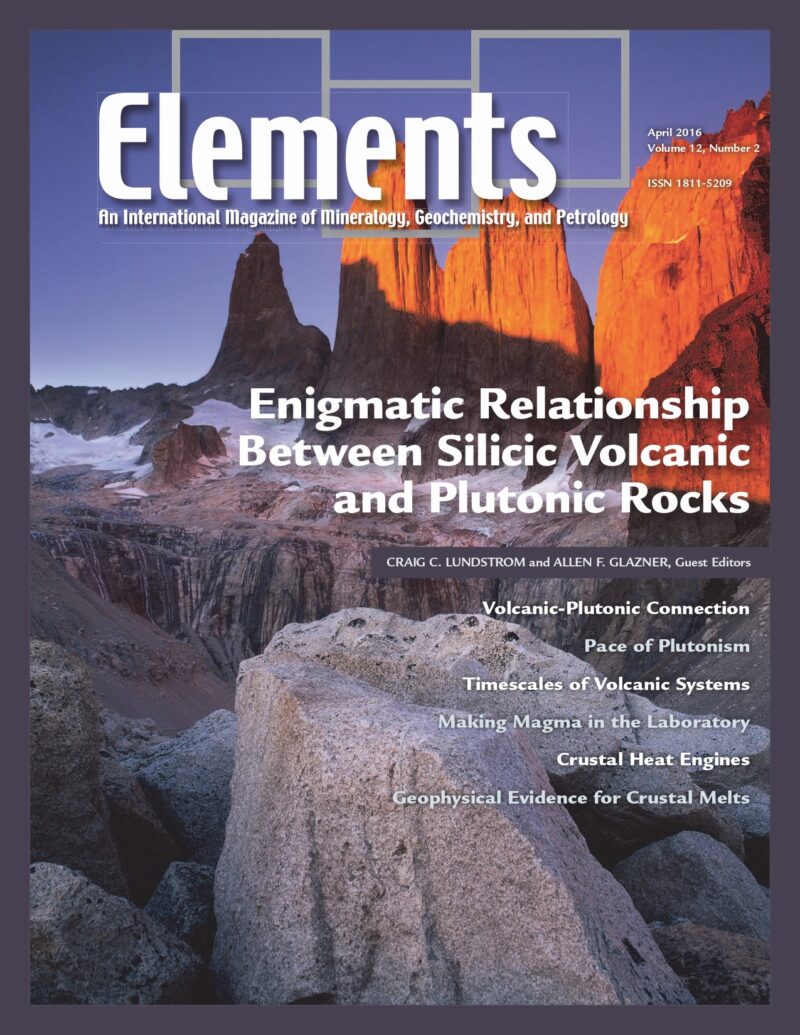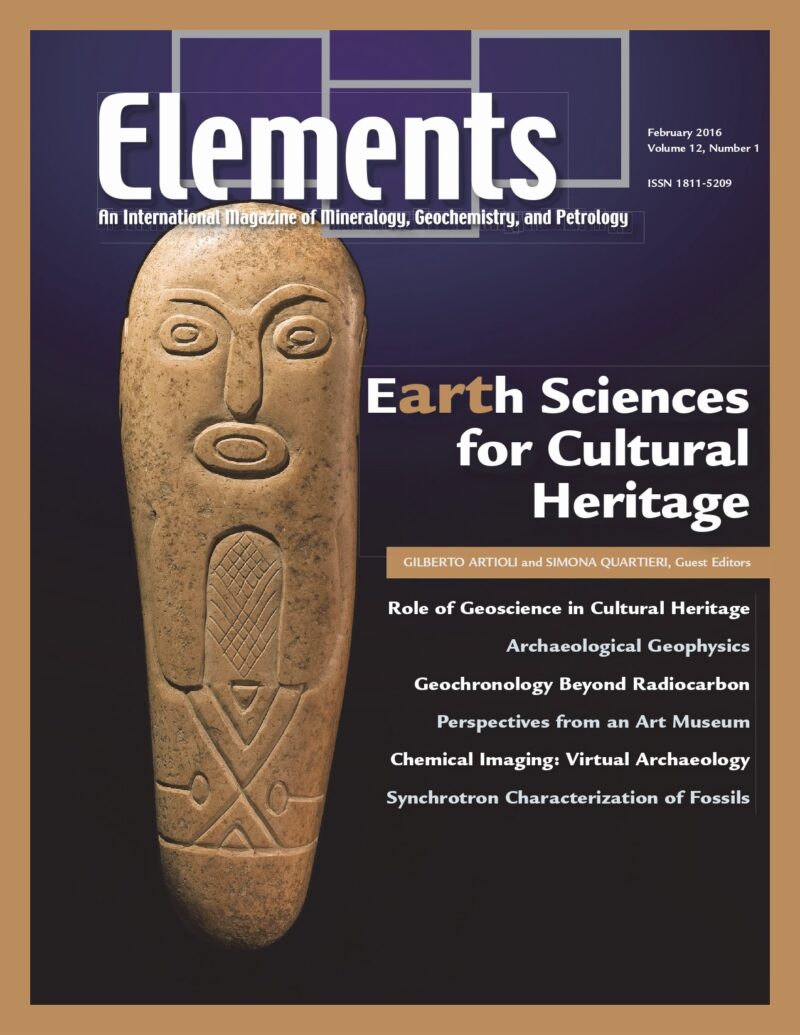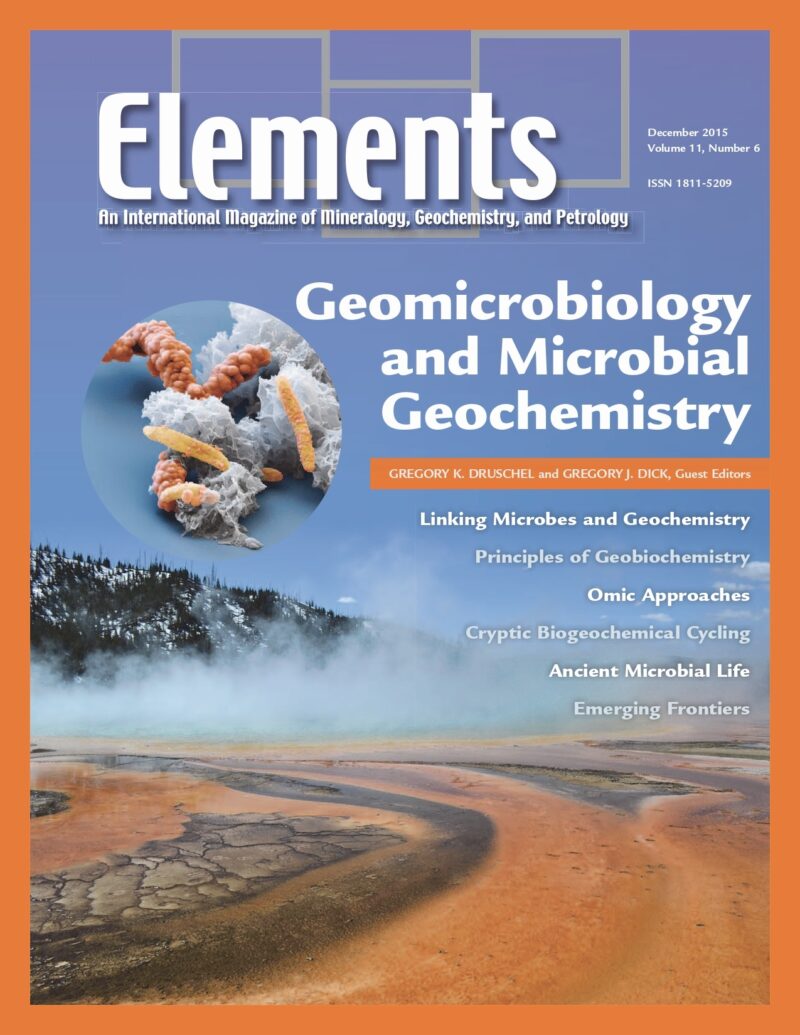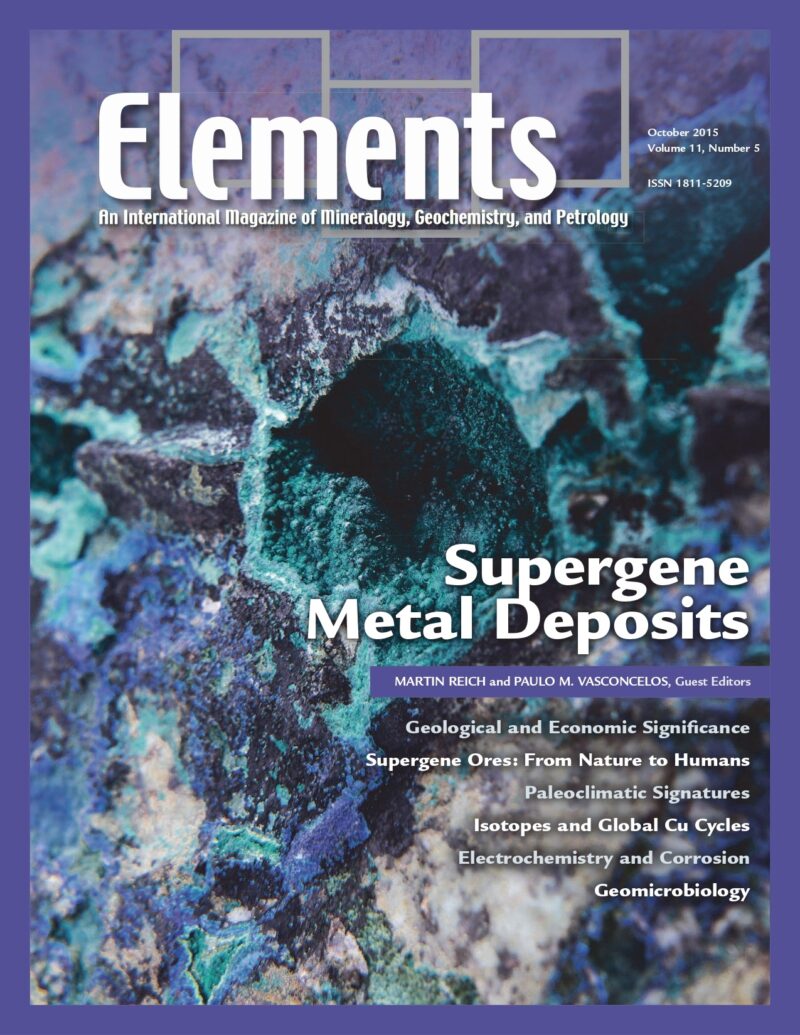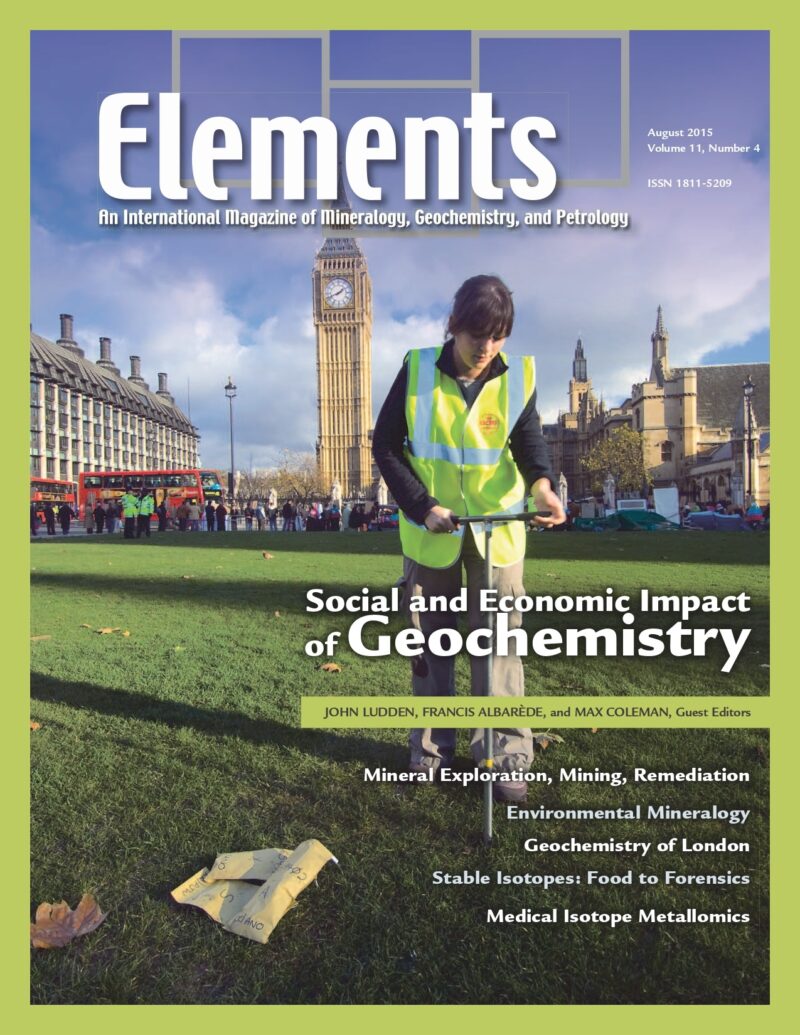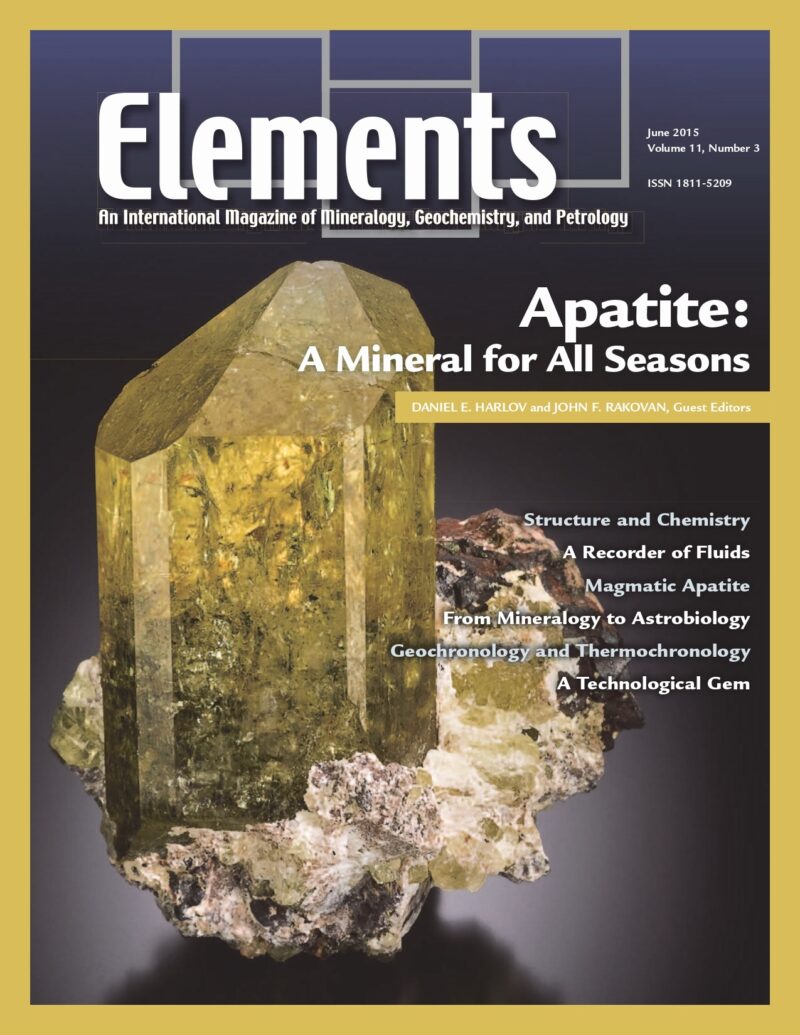-
Sulphides, April 2017, Vol. 13, No. 2
$20.00Despite the bulk silicate Earth only containing 250 parts per million of sulphur, sulphide minerals and liquids have a powerful impact on the behaviour and fractionation of a wide range of elements in the Earth’s crust and underlying mantle. According to the V.
-
Volcanoes: From Mantle To Surface, February 2017, Vol. 13, No. 1
$20.00Volcanoes have played a large role over Earth’s history in building the crust, contributing to atmospheric formation, and transferring heat and mass from the interior to the surface. They are also capable of massive disruption of the surface environment and to human civilizations.
-
Origins Of Life: Transition From Geochemistry To Biogeochemistry, December 2016, Vol. 12, No. 6
$20.00How life originated is one of the most important, and longstanding, questions that humans have attempted to answer, as reflected in our mythologies, religions, philosophy, and science. Furthermore, our understanding of the emergence of life on Earth could potentially contribute to the search for life in other parts of the Solar System and the rest of the Universe.
-
Studying The Earth Using La-ICPMS, October 2016, Vol. 12, No. 5
$20.00Laser ablation – inductively coupled plasma mass spectrometry (LA-ICPMS) is a mature, but still developing, micro-analytical technique that has allowed significant research advances in many areas of the Earth sciences. The method produces quantitative elemental and isotopic analyses on the micrometer scale of most solid, and some liquid, materials across most of the periodic table.
-
Deep-Mined Geological Disposal Of Radioactive Waste, August 2016, Vol. 12, No. 4
$20.00The construction of geological disposal facilities for radioactive waste has been a long time in the discussion and planning, but will become a major focus of geological, mineralogical, and geochemical effort in coming years. Underground laboratories have been operating for many years in a variety of rock types.
-
Cosmic Dust, June 2016, Vol. 12, No. 3
$20.00Cosmic dust is submillimeter debris shed by comets, asteroids, moons, and planets. In the Solar System, this dust scatters sunlight (the zodiacal light), and it is detected around other stars by its infrared emission.
-
Enigmatic Relationship Between Silicic Volcanic And Plutonic Rocks, April 2016, Vol. 12, No. 2
$20.00The relationship between silicic volcanic and plutonic rocks has long puzzled geologists. Although the compositional evolution for volcanic and plutonic rock suites are virtually identical, there is much debate whether rhyolites form as melt extracted from granite plutons or whether the two rock types reflect wholly separate origins.
-
Earth Sciences For Cultural Heritage, February 2016, Vol. 12, No. 1
$20.00Archaeometry and conservation science are connected to the geosciences in three ways. Earth scientists can perceive the complexity of natural materials and of the artifacts produced by human activities, they understand the geological and physico-chemical processes acting on them, and they have a mastery of the techniques used to investigate heritage materials at different scales.
-
Geomicrobiology And Microbial Geochemistry, December 2015, Vol. 11, No. 6
$20.00Microbes drive the interplay of Earth and life and thus control critical processes in ocean, atmosphere, and terrestrial environments. Indeed, this unseen part of our world has regulated the cycling of key elements throughout geologic time.
-
Supergene Metal Deposits, October 2015, Vol. 11, No. 5
$20.00Supergene metal deposits form when deeply buried orebodies are exposed at the surface and undergo oxidation, dissolution, and significant reconcentration of metals. Much of the global economic and scientific interest in these ores stems from their mineralogical diversity and advantages for exploitation due to their surficial development and increased grades.
-
Social And Economic Impact Of Geochemistry, August 2015, Vol. 11, No. 4
$20.00As geochemists and mineralogists, we are well aware of the impact of our science and when pushed we can often reel out great examples where our discoveries have influenced industry and the social wellbeing on the planet. However, this sort of drum-beating is not intuitive, and the explicit need to demonstrate impact in our science is, in many nations, being used as a measure of the required funding level for our discipline.
-
Apatite: A Mineral For All Seasons, June 2015, Vol. 11, No. 3
$20.00At the intersection of the biological, geological, and materials science realms, the topic of apatite is highly diverse and interdisciplinary. Apatite-group minerals are the dominant phosphates in the geosphere and biosphere.

